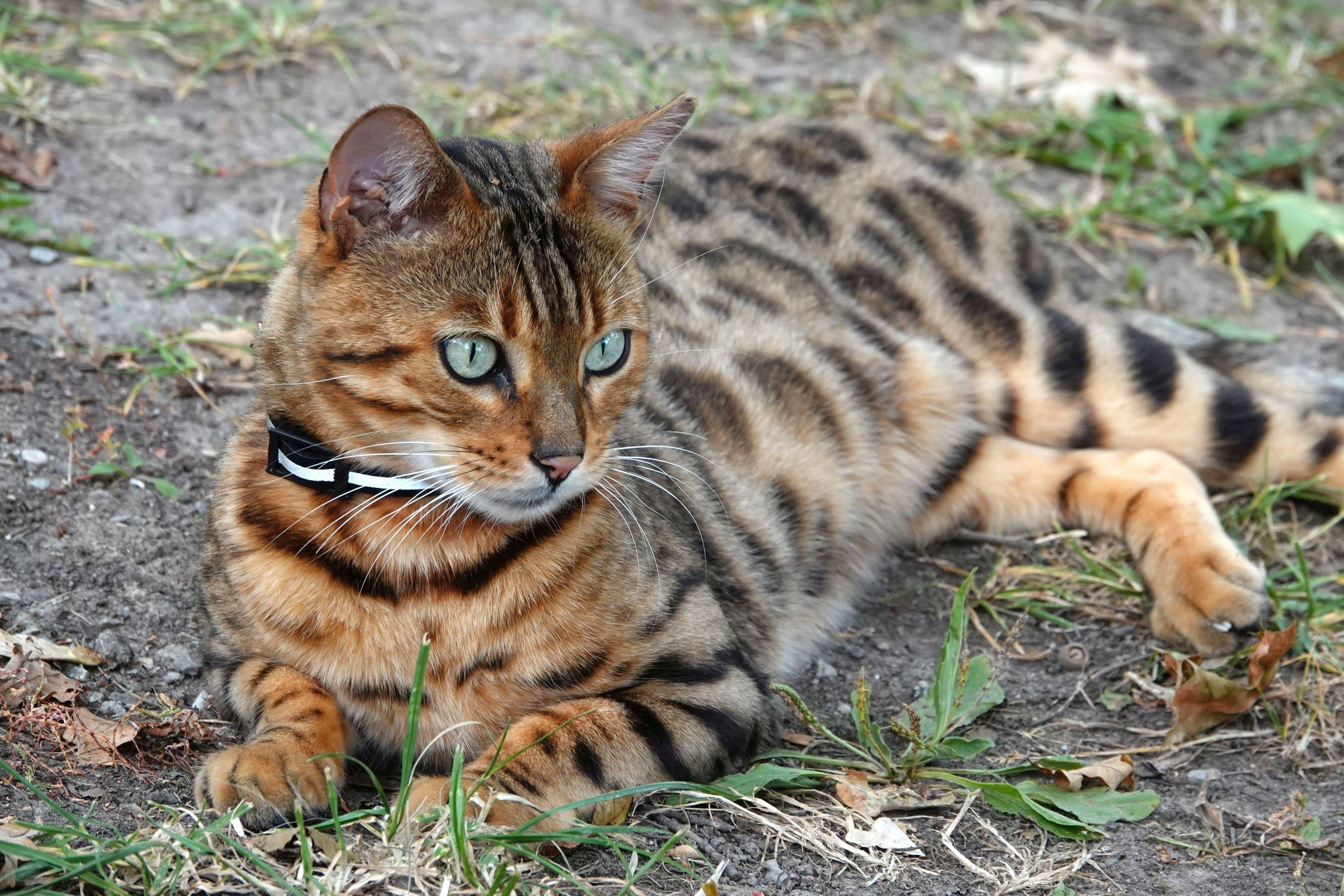
Cat Nose Fun Facts
-
Unique prints: Just like human fingerprints, each cat's nose has a unique pattern of bumps and ridges. If only kitty nose-print scanners were a thing!
-
Super sniffer: Cats have an impressive sense of smell, boasting around 200 million scent receptors. While not as sharp as a dog's nose, it's still about 14 times more powerful than a human's!
-
Wet vs. dry: A cat's nose is usually moist due to a thin layer of mucus that helps capture scent particles. However, it's normal for their noses to be dry at times, like after a nap or when they're dehydrated.
-
Cool colors: Cats' noses come in various colors, often matching or complementing their fur. You'll find pink, black, and even spotted noses in the feline world.
-
Jacobson's organ: Cats have a secret weapon for analyzing smells - the vomeronasal organ, or Jacobson's organ. They use this by performing the "flehmen response," which involves opening their mouths and curling their upper lip to transfer scent particles to the organ.
-
Whisker connection: The whisker pads on a cat's face are located near the nose, and the nerves in this area are closely connected. This allows cats to combine their sense of smell with their tactile whisker sensing, making them excellent hunters.
-
Temperature regulation: The cat's nose helps regulate body temperature. When they're hot, blood vessels in the nose expand, helping release excess body heat, while in cold conditions, blood vessels constrict to conserve heat.
So, cat noses are not only cute but also full of fascinating features that contribute to their impressive sensory abilities.




Leave a comment
This site is protected by hCaptcha and the hCaptcha Privacy Policy and Terms of Service apply.